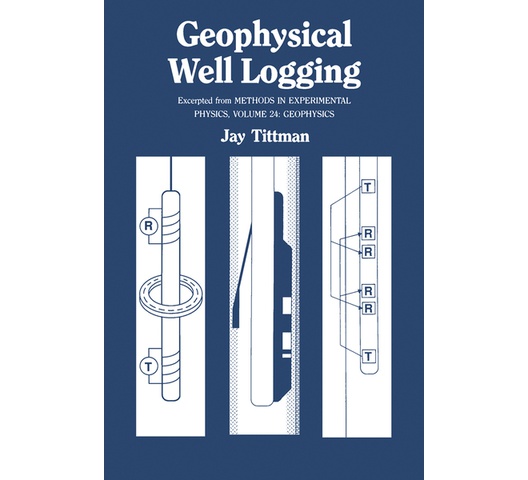
Geophysical Well Logging
Geophysical Well Logging is a three-chapter text that discusses the physics of well logging measurements. This book describes the techniques universally used in formation evaluation, including electrical, nuclear, and sonic techniques. Chapter 1 deals with the special features of logging measurements, tool design, and the relation between logging and coring. This chapter also examines the hostile downhole environment as basic sonde configurations and combination tools. Chapter 2 discusses elementary interpretation principles, the role of logging in formation evaluation, and the uninitiated to the motivation for the wide variety of measurements found in practice. Chapter 3 investigates the physics behind electrode and induction methods for measuring electrical resistivity, as well as the concepts of geometric factor, skin effect, focused measurements, and pseudo-geometric factor. It also considers significant topics on neutron transport and moderation and their application to neutron sonde design and logging measurements; gamma-ray transport and its application to density and photoelectric-absorption logging; methods for the measurement of gamma-ray spectra; and scintillation and germanium spectrometers. This chapter further explores the body and borehole waves of the sonic methods; waves in porous media; conventional interval-transit-time techniques; and full-waveform analysis methods. Physicists, chemists, and engineers who are interested in geophysical field-measurement methods will greatly benefit from this book.
KES 4,781

International delivery
Free click & collect
| UPC | 9780323160551 |
|---|---|
| Author | Jay Tittman |
| Pages | 186 |
| Language | English |
| Format | |
| Publisher | Elsevier Science |
| SKU | 9780323160551 |
None

